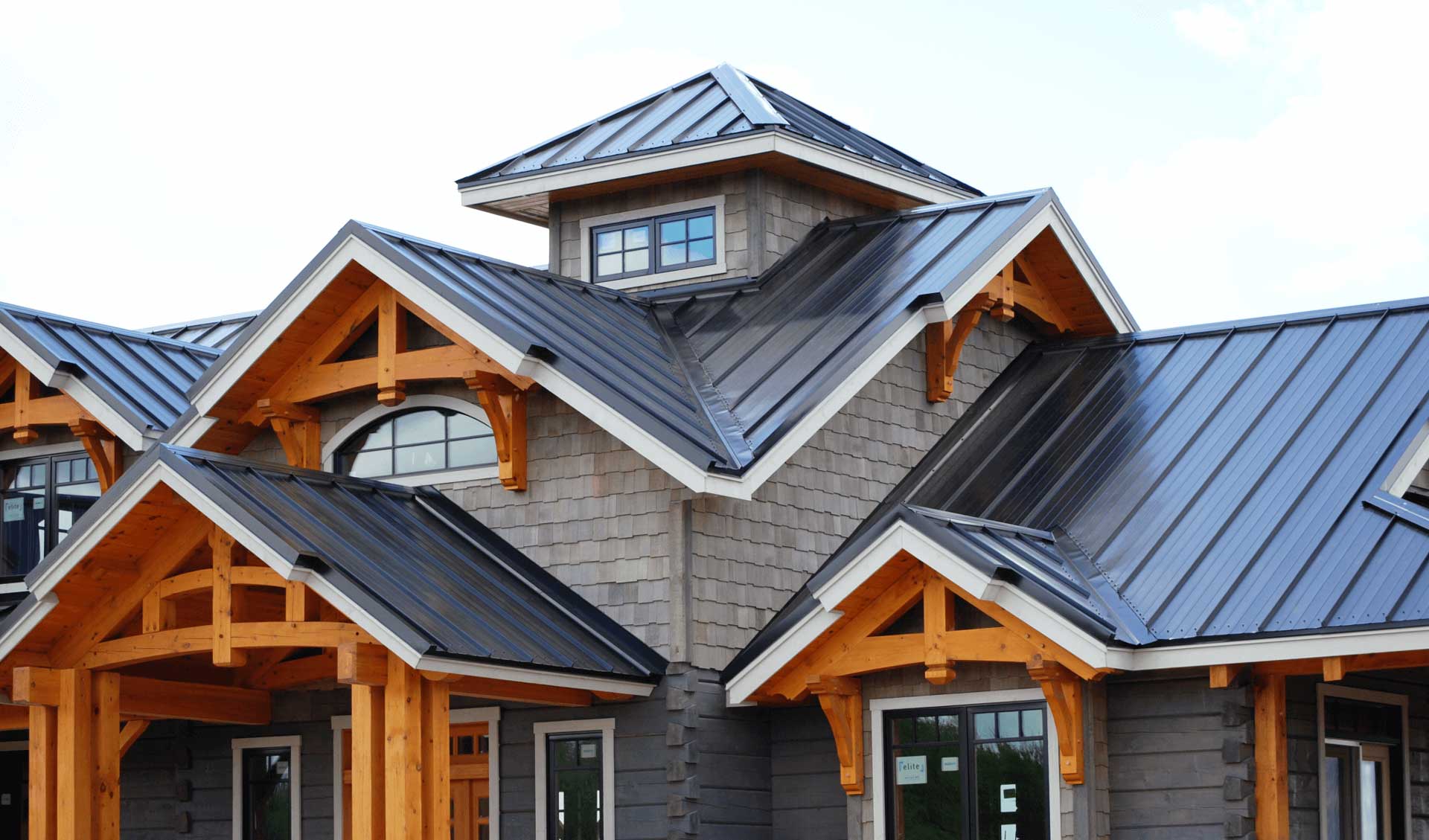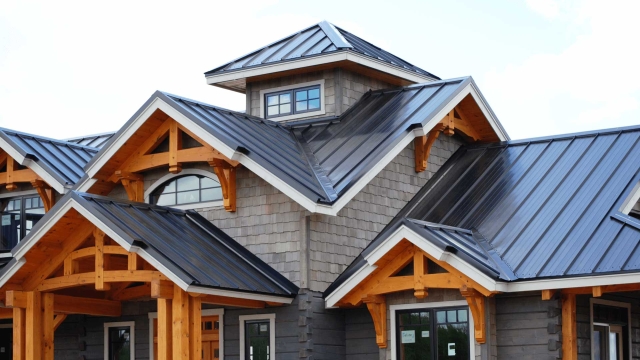
When it comes to transforming your home, few elements are as impactful as siding, roofing, gutters, and windows. Each of these components plays a crucial role in not only the aesthetic appeal of your house but also its functionality and energy efficiency. Whether you are renovating an older home or building a new one, understanding these elements can help you make informed decisions that enhance both beauty and performance.
In this comprehensive guide, we will explore the various options and considerations for siding, roofing, gutter systems and guards, and windows. From the materials that best suit your climate to the latest trends in design, we’ll provide insights and tips to help you select the right features for your home. By the end, you’ll have a better understanding of how to elevate your living space while ensuring its durability and efficiency. Let’s delve into how you can transform your home from the outside in.
Choosing the Right Siding
Selecting the right siding for your home is a crucial step in enhancing its curb appeal and ensuring long-term durability. With a variety of materials available, from vinyl to wood and fiber cement, each option comes with its own set of benefits and aesthetic qualities. It’s essential to consider factors such as climate, maintenance requirements, and your budget when making a choice. A well-informed decision can significantly impact the overall look and value of your property.
Vinyl siding is one of the most popular choices due to its low maintenance and resistance to fading and warping. It is available in a wide range of colors and styles, making it easy to find a look that matches your vision. Alternatively, wood siding offers a classic appearance and excellent insulation properties, but it requires more upkeep and is susceptible to issues like rot and insect damage. Fiber cement siding combines the best of both worlds by providing the look of wood with added durability and fire resistance.
When choosing siding, it’s also important to consider the insulation properties and energy efficiency of the materials. Better-insulated siding can help reduce heating and cooling costs, leading to savings in the long run. Additionally, think about the installation process and whether you’ll require professional help. By weighing these aspects carefully, you can choose siding that not only complements your home’s design but also meets your practical needs for years to come.
Essential Roofing Considerations
When planning a roofing project, one of the first considerations is the type of roofing material to use. Different materials offer varying levels of durability, aesthetics, and cost. Popular options include asphalt shingles, metal roofing, and tile. Each has its benefits; for instance, asphalt shingles are lightweight and budget-friendly, while metal roofs can provide excellent longevity and energy efficiency. It’s essential to weigh the pros and cons of each material in relation to your climate and home style.
Another important factor is the slope and design of your roof. A steeply pitched roof may be more beneficial in areas with heavy snowfall, as it allows for better snow runoff. However, a flatter roof may be easier to maintain and could allow for greater use of rooftop space. Consideration of architectural style is critical in this decision as well, because the roof contributes significantly to overall curb appeal and can impact property value.
Additionally, proper installation and ventilation are crucial for maximizing your roof’s lifespan. Hiring a qualified roofing contractor ensures that the roof is installed correctly according to local building codes and manufacturer specifications. Adequate ventilation reduces moisture buildup, which can lead to mold and wood rot, ultimately affecting your roof’s integrity. Ensuring proper installation and ventilation are essential steps in protecting your investment and maintaining the safety of your home.
Gutters and Windows Maintenance Tips
Regular maintenance of gutters and windows is essential for the longevity and performance of your home. Start by inspecting your gutters at least twice a year, especially during the fall and spring. Remove any leaves, twigs, or debris that may have accumulated, as clogged gutters can lead to water damage and foundation issues. Ensure that downspouts direct water away from your home’s foundation to prevent pooling. Consider installing gutter guards to minimize debris buildup and reduce maintenance efforts.
For windows, routine inspections are equally important. Check for any signs of damage, such as cracks in the glass or deteriorating seals. Clean the windows regularly with a gentle cleaner to maintain visibility and efficiency. Pay attention to the window frames and sills, ensuring they are free from rot or mildew. Lubricate any moving parts, like sliding mechanisms, to keep them functioning smoothly and extend their lifespan.
Roofing repairs
Additionally, consider weatherproofing your windows to improve energy efficiency. This can include adding caulk to seal gaps and using weatherstripping on movable parts. Upgrading to energy-efficient windows can enhance insulation and reduce energy costs in the long run. By giving attention to both your gutters and windows, you can protect your home from potential damage and maintain its aesthetic appeal.
